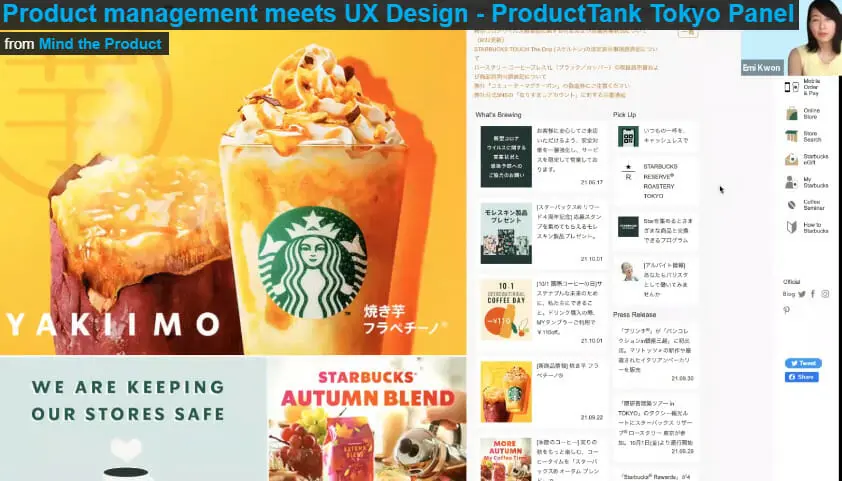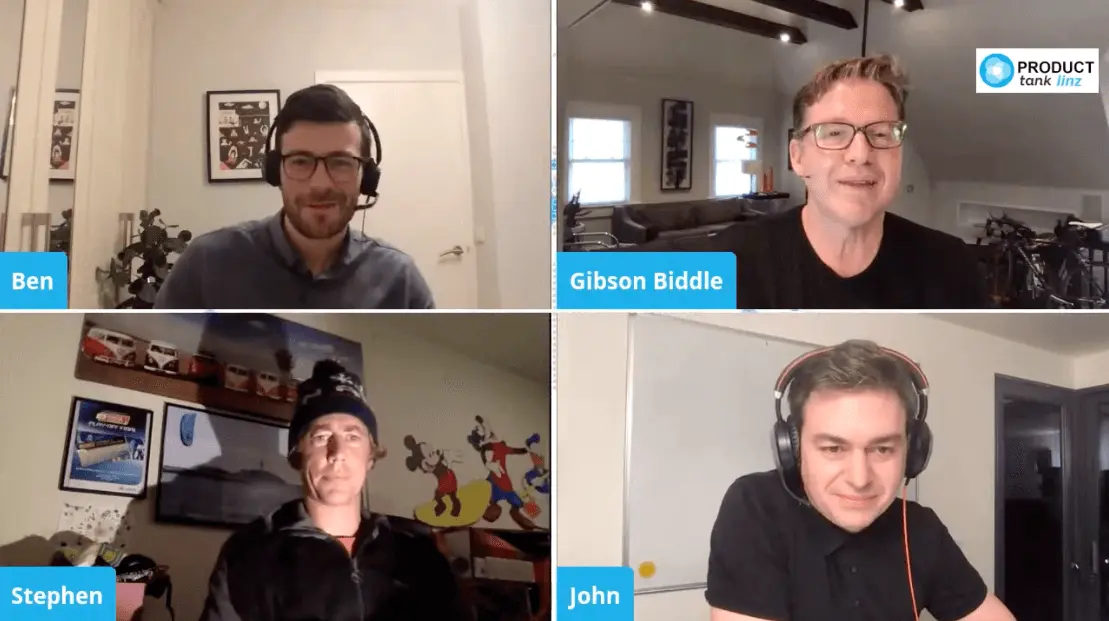,
Product Design
MAY 31, 2016
The Challenge of Designing Products for Social Impact
Recommended

25:22
Learnings from London: What is it like to hold Google in your hand?

43:17
Product Systems: How to manufacture lightning in a bottle by Oji Udezue

01:23:57
Product management meets UX design by Tanmay Goel, Emi Kwon, Simran Kaur

31:24
Learnings from London: How to build a billion dollar app









